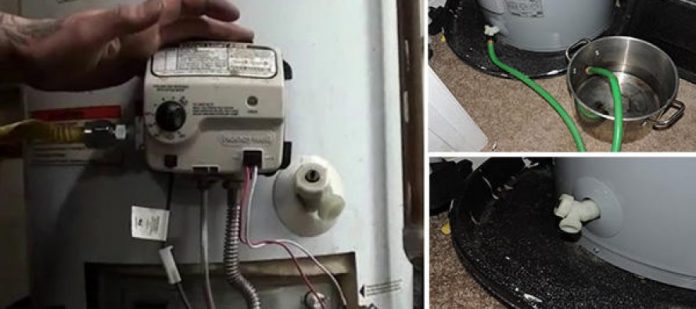In a post-disaster situation potentially the first thing any of us can consider is the lack of electrical resources. The second thing we’ll probably note most is that there’s no water. We are going to go to the sink, waiting for the water to come out of the faucet, as it always does, and nothing will happen. For others, that’ll be the moment they wake up and know that the S really hits the fan.
Water is one of our top needs for survival, beaten out only by the ability to regulate the core body temperature. Yet this is still forgotten in our everyday lives. We are so used to getting water at our disposal, that in the case of an emergency that shuts down the city supply, most people have no idea where to get supply, other than bottled water.
And most of us, within walking distance of our homes, have a range of water sources readily available. We do have our homes with clean water, ready for use. What we need to do is find a way to get to that.
Your Water Heater
In most homes, the water heater consists of a tank of 30 to 50 gallons, with an inside heating element. This tank is still full while water may not flow through the pipes of your home.
Water in the water heater does not flow out of your faucet, without the local water authority’s water control.
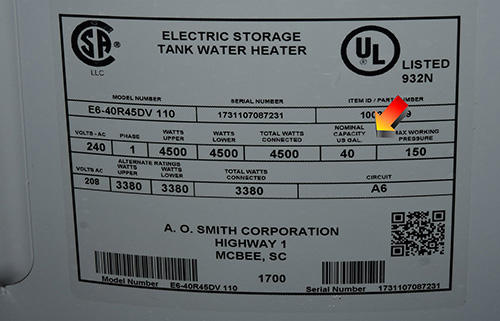
But there’s still water, and not difficult to access. You can say by testing the label, how much water your water heater contains.
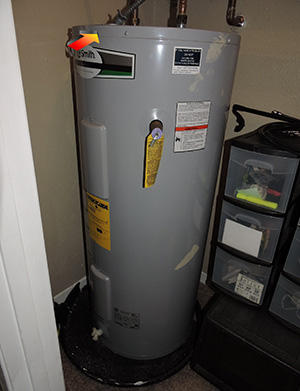
The water heater can be located in a number of places. Homes with basements, normally have there the water heater. Homes and apartments with no basements would typically have the water heater in a cabinet. Mine is located in the closet of my office.
Related: Survival Basics – Water
Safety First
Before pouring the water out of your water heater, you must make sure it is switched off and that the water has had time to cool down. Usually, the water inside your water heater is about 140° F, which is hot enough to cause second degree burns.
To turn off the water heater, first you will need to check if it is a gas or electric water heater. The water heater above is an electric one. Inside a metal conduit, there is wiring connected to the top to provide control (note the arrow).
If it was a gas water heater, it would have a gas valve and control, placed close to the bottom, much like the image below indicates. Please note that these can differ significantly in appearance.
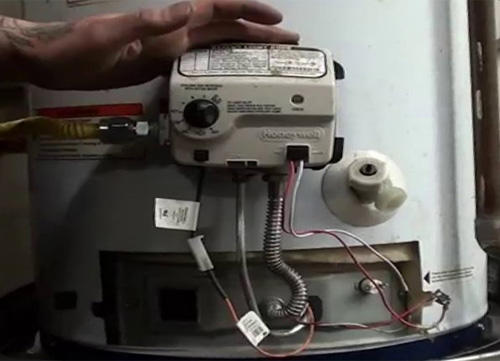
There will also be a knob on the control valve of the gas water heater, so that you can shut it off. In the picture above, this is the black knob.
Electric heaters won’t have any kind of control or switch on them, so they can be switched off.
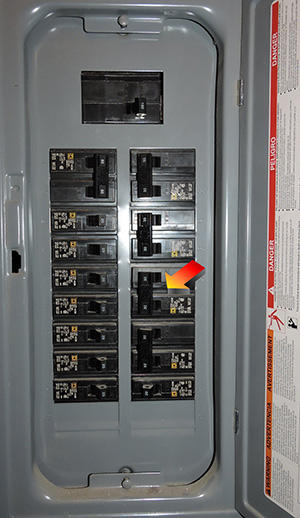
You would need to switch off the water heater at the breaker box instead.
In most situations, the water heater needs to run at 240 volts. To provide the electrical network for your home that will need a double breaker, such as the one shown in the above illustration. This box contains a total of five double breakers, easily recognized by the longer switch handle which connects the breaker’s two sides together. The others are for air conditioner, dryer for clothing, condenser unit for air conditioning and HVAC air handling unit..
It will take the water a good 12 hours or longer to cool, once the power is switched off. The water heater is sealed, so that the water holds the heat for a long time. If your water heater has a blanket around it (it’s going to be soft, rather than just metal) remove it, so that the water can cool faster.
Related: How to Tap Water from Your Heater and Toilet
Draining the Water
At the bottom of the water heater is a drain valve, as seen in the picture below. As seen, the valve itself may be plastic or metal. You can also see that the water heater lies in a tray to catch the spills and leaks.
Building code for newer homes allows the water heater to be on a stand, lifting it off the floor. But this was not done in older households, as was mine.
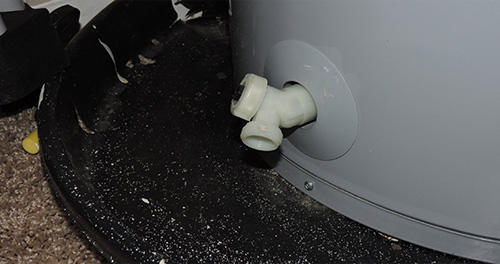
Attach a regular garden hose to the drain valve, and position the other end in a clean bucket or bowl. Please don’t use the bucket you are using to sweep the cement, it’s clean water and you want it to remain like this. Somewhere in the house, preferably on the second floor, open a sink faucet as far away as possible from the water heater.
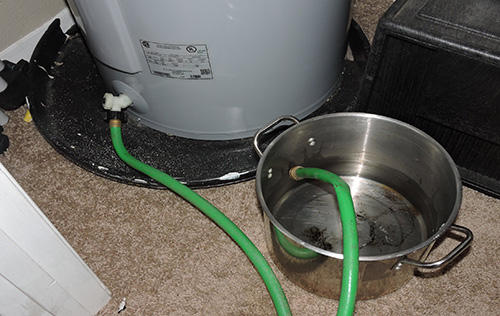
Open the valve and let water flow through the pipe. Although the top of the pot is higher than the door, the water flows as the tank’s water level is higher than the top of the pot. Be prepared to turn off the valve immediately, when the water comes close to the top of the bowl.
When the water level gets to the bottom of the tank you will notice, as the water flows more slowly. When it reaches the point where the water is at the top level of the pot within the tank, the water should stop flowing. You’ll need to replace the pot with something shorter at that time, like a baking bowl, pouring the water from the baking platter into something bigger, like this pot.
A Bit More Water
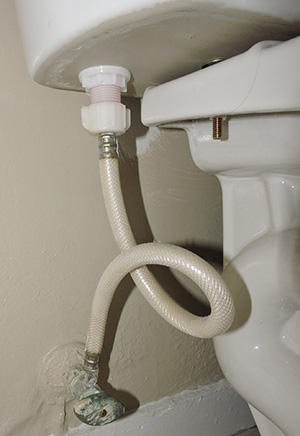
There’s a little more water hidden in the pipes of the house, over and above what’s in the water heater. To get there, you’ll need to find the home’s lowest water access point. This would be a toilet fill line, in your home’s ground floor (or basement).
And if this is toilet water, it’s always clean water. It’s basically the very same water that comes from the faucets in the kitchen and bathroom. Close the valve and remove the short toilet tank hose. Drop the hose end into a jar and then open the valve. By gravity, the water in the pipes would flow out, just as it did from the water heater. That way, you might get as many as two gallons of water.
The water in the toilet tank is still safe water as there is no water in the toilet bowl. Depending on how old your toilet is, there will be three to four gallons of water inside the tank. The water can be scooped out from the tank and used for cleaning. I wouldn’t use it for drinking, just for the sake of safety, even though it is probably clean enough to drink.


